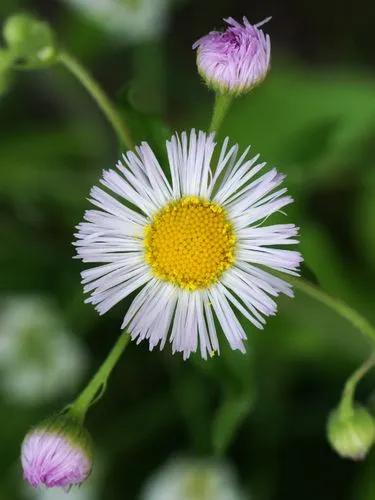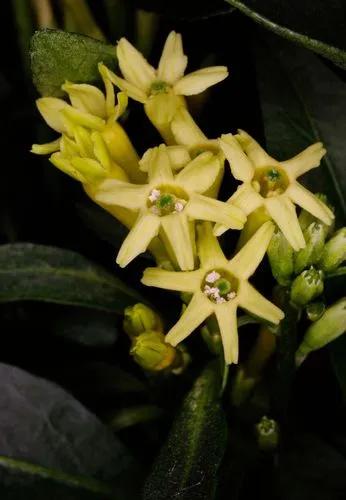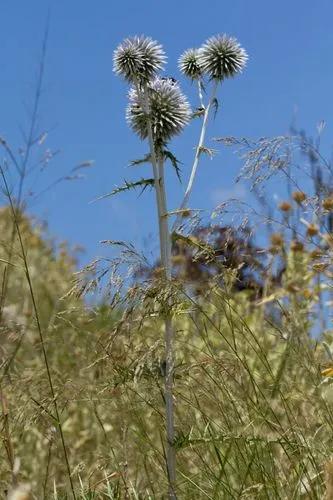Paphiopedilums are often called "slipper orchids" because of their unique pouch. They are easily grown as houseplants and their care is very similar to African Violets.
Hsinying Citrine Care
Paphiopedilum Hsinying Citron



How to Care for the Plant

Water

Paphs need more frequent watering than some other orchids because they have no pseudobulbs to store water. Bark retains less water so will require more frequent watering - every five days is usually sufficient. If your plant is potted in moss, water when the top feels dry. Care should be taken not to overwater to avoid rotting the roots. Soon you will be able to tell by the weight of the pot whether or not it is time to water again. If in doubt, wait a day.

Pruning

When the blooms are finished, cut the spike down to the level of the leaves. Continue watering and fertilizing and within a year a new growth will spike to begin the blooming cycle again!

Fertilizer

Any balanced orchid fertilizer (look at the numbers on the container, 20-20-20, etc.) can be used to fertilize your orchid. Weakly (¼ strength), weekly works well. Once a month use clear water to flush any accumulated salts from the potting mix.

Sunlight

Paphs belong to the "low" light group of orchids. An east window is ideal; west or south windows can also be used if shaded with a sheer curtain. You can tell by the leaves if the plant is getting too much light. A reddish tinge on the edges means you need to provide more shade for your plant. If your paph does not re-bloom, it may not be getting enough light.

Temperature

Paphs generally enjoy the same temperatures that we do in the home; ideally, 60-65º F at night and 75-85º F during the day. Keep in mind that temperatures close to the window on a windowsill will be colder or hotter than your general house temperature. Paphs can be grown outside in mild climates. The plants can stand temperatures from 95oF to the 40s. Protect plants during cold temperatures by avoiding moisture on leaves or in the crowns and in summer from burning from the sun.
Discover more plants with the list below
Popular articles






